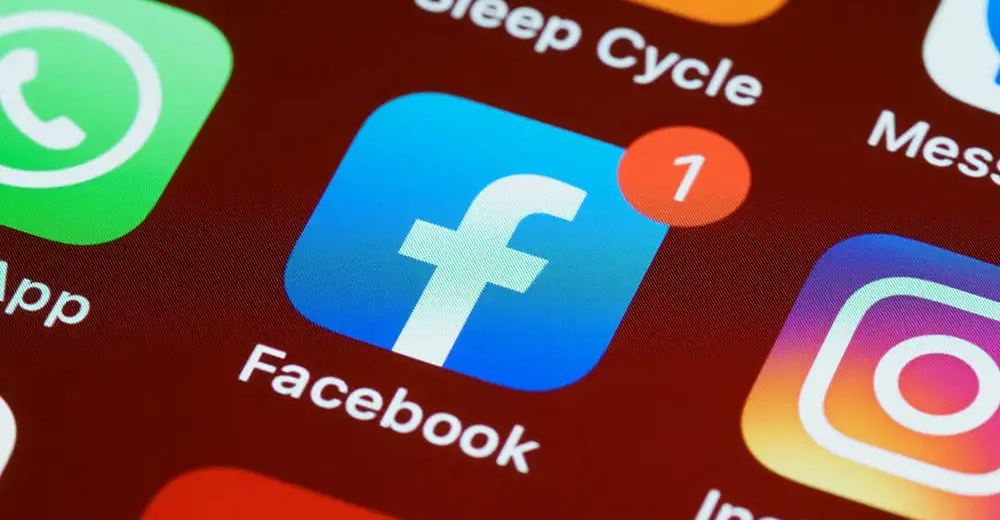by Ans Ali
In the rapidly evolving world of mobile app
development, engaging users and keeping them connected to your app is crucial.
Push notifications in Flutter have emerged as a powerful tool to achieve this
goal. Flutter, with its cross-platform capabilities, provides an ideal platform
for building apps that can reach users on both Android and iOS devices. In this
blog post, we'll look into the world of push notifications in Flutter,
exploring what they are, how to implement them, and best practices for creating
an effective notification strategy.
What Are Push Notifications?
Push notifications are short messages that are sent to users' mobile devices from a server or cloud service, even when the app is not actively running. They are used to deliver timely updates, reminders, alerts, or personalised content directly to a user's device, enhancing user engagement and retention.

Implementing Push Notifications in Flutter
To implement push notifications in a Flutter app, we need to follow a series of steps:
1. Set up Firebase
Firebase Cloud Messaging (FCM) is a popular choice for handling push notifications in Flutter. Start by creating a Firebase project and adding your app to it. Firebase will provide the necessary configurations for both Android (google-services.json) and iOS (GoogleService-Info.plist).
2. Add Dependencies
To make the implementation process easier, we can leverage existing Flutter packages. Two key packages to consider are:
- firebase_messaging: This package facilitates communication between your Flutter app and Firebase Cloud Messaging.
- flutter_local_notifications: It enables the display of local notifications on the user's device when a push notification is received.
Include these packages in your `pubspec.yaml` file and run `flutter pub get` to install them.
3. Request Permission
Before your app can receive push notifications, you must request permission from the user. Flutter's `firebase_messaging` package provides a straightforward way to request permission for notifications on both Android and iOS.
4. Handle Notifications
Handling incoming notifications is a crucial aspect of the implementation process. Depending on your app's requirements, you can:
- Navigate to specific screens in your app.
- Update the UI to reflect the new information.
- Display notifications in the system tray.
The `firebase_messaging` package allows you to listen to incoming notifications and take appropriate actions.
5. Customise Notifications
Customisation is key to creating a seamless user experience. The `flutter_local_notifications` package empowers you to design custom notification styles, set priorities, and define actions for user interactions with notifications.
6. Test Thoroughly
Before releasing your app, rigorously test push notifications to ensure they function as expected. Firebase provides a testing tool that allows you to send test notifications to your app, simulating real-world scenarios.
Best Practices for Push Notifications
1. Personalisation
Tailor notifications to each user's preferences and behavior to maximise their relevance and impact.
2. Timeliness
Send notifications at the right time to ensure users find them useful, and not disruptive.
3. Segmentation
Group your user base into segments to send targeted notifications to specific groups of users.
4. A/B Testing
Experiment with different notification strategies to identify what resonates most with your audience.
5. Opt-Out Mechanism
Always provide users with an option to opt out of receiving notifications, respecting their privacy and preferences.
6. Analytics
Use analytics to track the performance of your notifications, learning from user interactions to refine your strategy.
Conclusion
Push notifications in Flutter are a potent tool for engaging users and keeping them connected to your app. By following the steps outlined in this post and adhering to best practices, you can create an effective notification strategy that enhances the overall user experience and drives user retention. Push the boundaries of user engagement with Flutter's push notifications capabilities, and watch your app thrive in the mobile landscape.